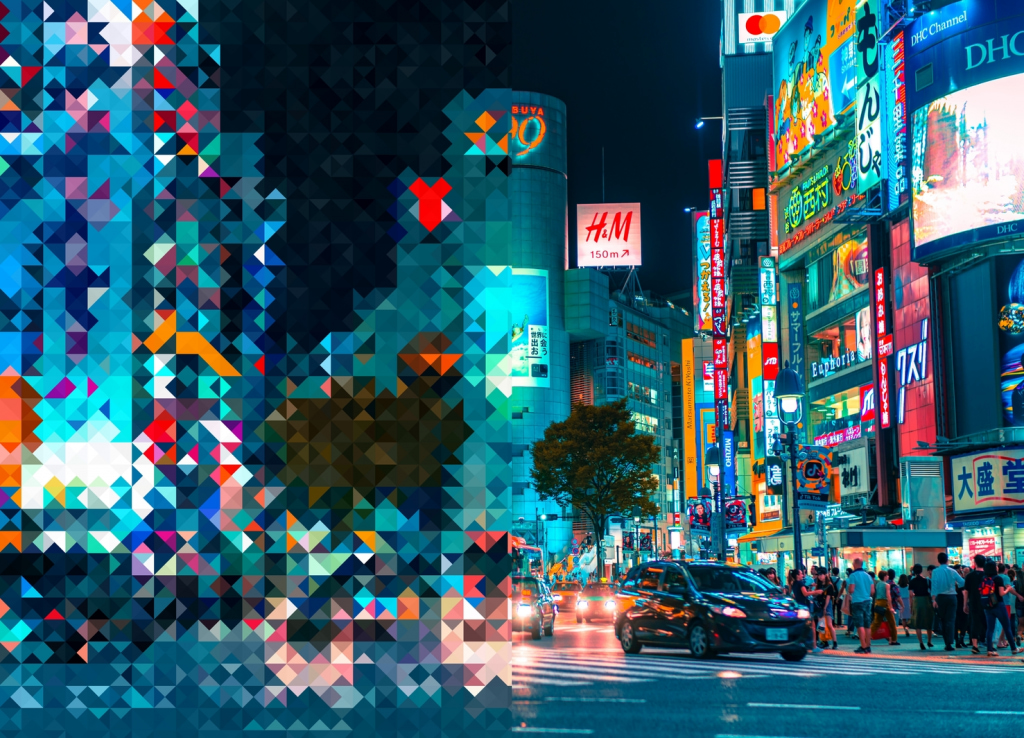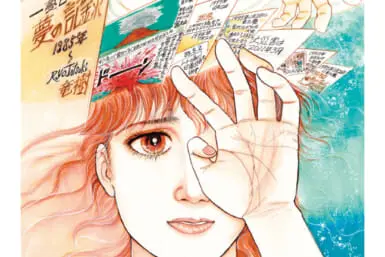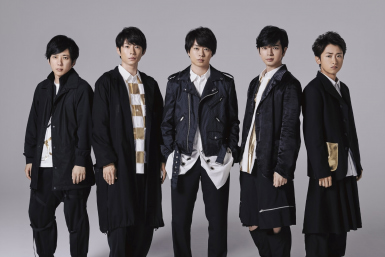Who among us has not looked at their old photos or diaries and cringed? Whether it be your favorite fashion item, film, or music – everything is relative. What truly mattered to you at some point in your life might not be relevant when you get older. Or it might become even more important as you rediscover it. As there’s now more than a decade and about 8,000 kilometers between the past me and the present one, I decided to rewatch some Japan-related Western films to see if they’ve changed for me.
From Lost in Translation to Found in Translation
My initial hot take on Sofia Coppola’s beloved film was that it was kind of depressing and boring. I was dreaming of traveling to Japan one day while Scarlet Johansson and Bill Murray’s characters were already there and defiantly not enjoying it. I was like a starving person watching rich people throw great food in the garbage. It was infuriating watching them moping around their hotel rooms. The camera should’ve been outside showing more of Tokyo. Turns out, the movie wasn’t about Tokyo at all, it just takes place there.
Lost In Translation Rewatched
Having lived in Japan for some time, I decided to rewatch it, curious as to whether I’d have a different impression. With Tokyo outside my doorstep, I was no longer waiting on Lost in Translation to show me around. Instead, I focused on the characters and their emotions. I saw their struggles to fit in and find purpose. Being in an unknown country makes that more obvious. Finally, I could empathize. Everyone living in Tokyo probably had similar karaoke nights, language misunderstandings or committed faux pas.
Even though Lost in Translation’s been criticized for displaying stereotypes, we’re only seeing things from the viewpoint of the lost characters. They are strangers in a strange land and it shows.
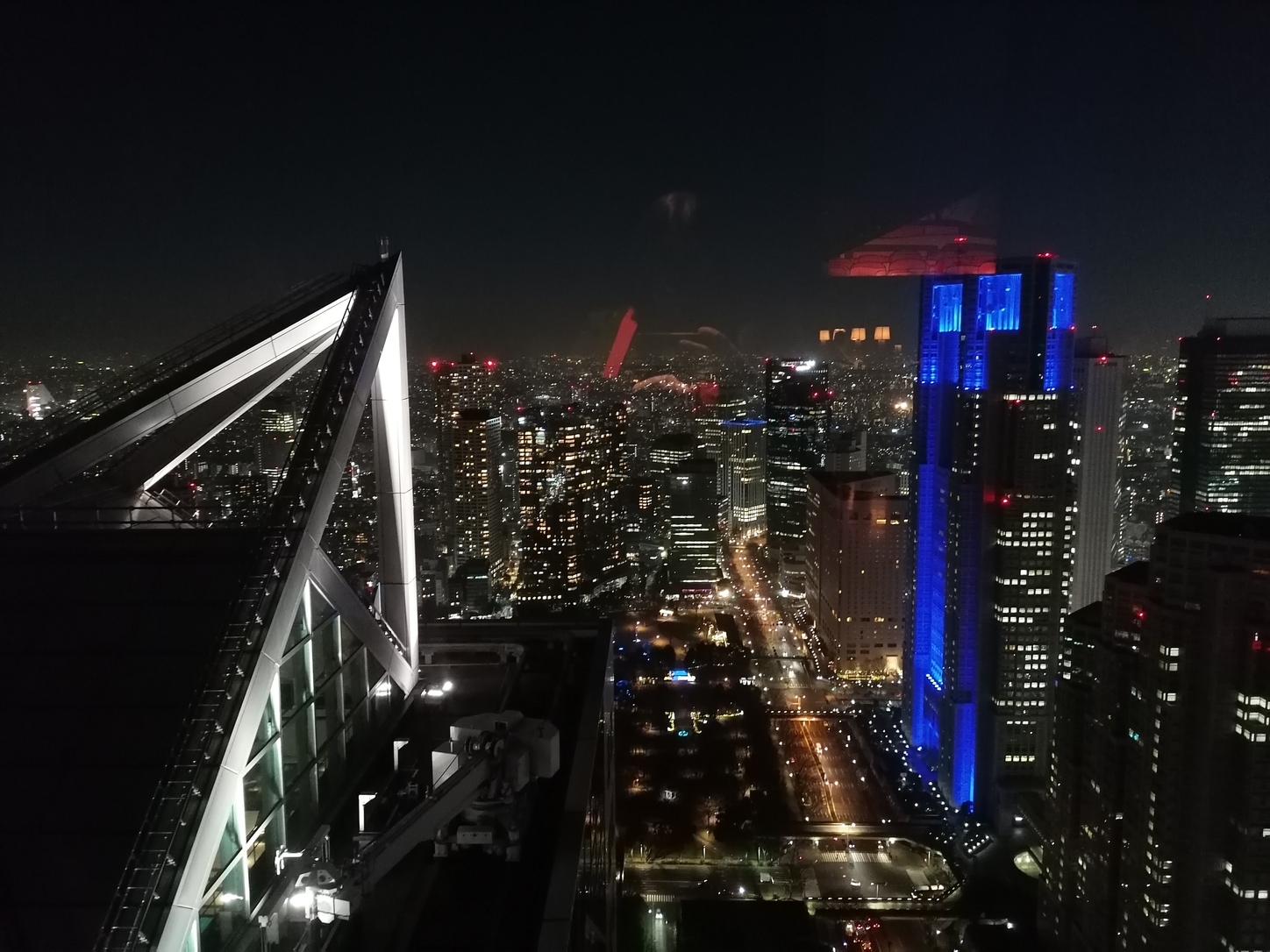
View from the New York Bar in the Park Hyatt hotel where the characters from Lost In Translation spend most of their time
Fun film fact: Lost in Translation’s a rare Western film that’s shot almost entirely on location in Japan. In contrast, the Hawkeye Tokyo scenes in the Avengers movie were filmed in the USA, The Wolverine was filmed mostly in Australia and The Last Samurai was predominantly shot in New Zealand.
Many scenes in Lost in Translation were filmed guerilla-style, without permits or shutting down the area. Most of the action shot in public was zoomed in from afar.
From Ramen Girl to Ramen Woman
I watched Lost in Translation and The Ramen Girl around the same time more than a decade ago. While I disliked the former, I quite enjoyed the latter. This was probably because The Ramen Girl showed us a passionate heroine enjoying her life in Tokyo despite all the setbacks. It offered hope, connection, and was a success story. The film also showed us the many faces of Tokyo – from swanky nightclubs and hostesses to grimy local ramen shops and everything in between. It turns out the bulk of it was quite accurate.
The Ramen Girl Rewatched
Living in Japan and rewatching The Ramen Girl, I understood why many didn’t take this movie seriously. Naive is the word that comes to mind. It’s naive to think you can walk into an establishment and demand to be their disciple without speaking the language. Is there even a visa for that? And who, after breaking up with someone, leaves their rented apartment to their ex? The biggest transgression is the last scene in Tokyo when the local festival passes and lifts Abby up on the mikoshi (portable shrine). We’re talking about palanquins of deities. No one can climb on top. You can join in and lend a shoulder to carry one which is a sign of being accepted by the community. That would have made for a better more plausible scene.
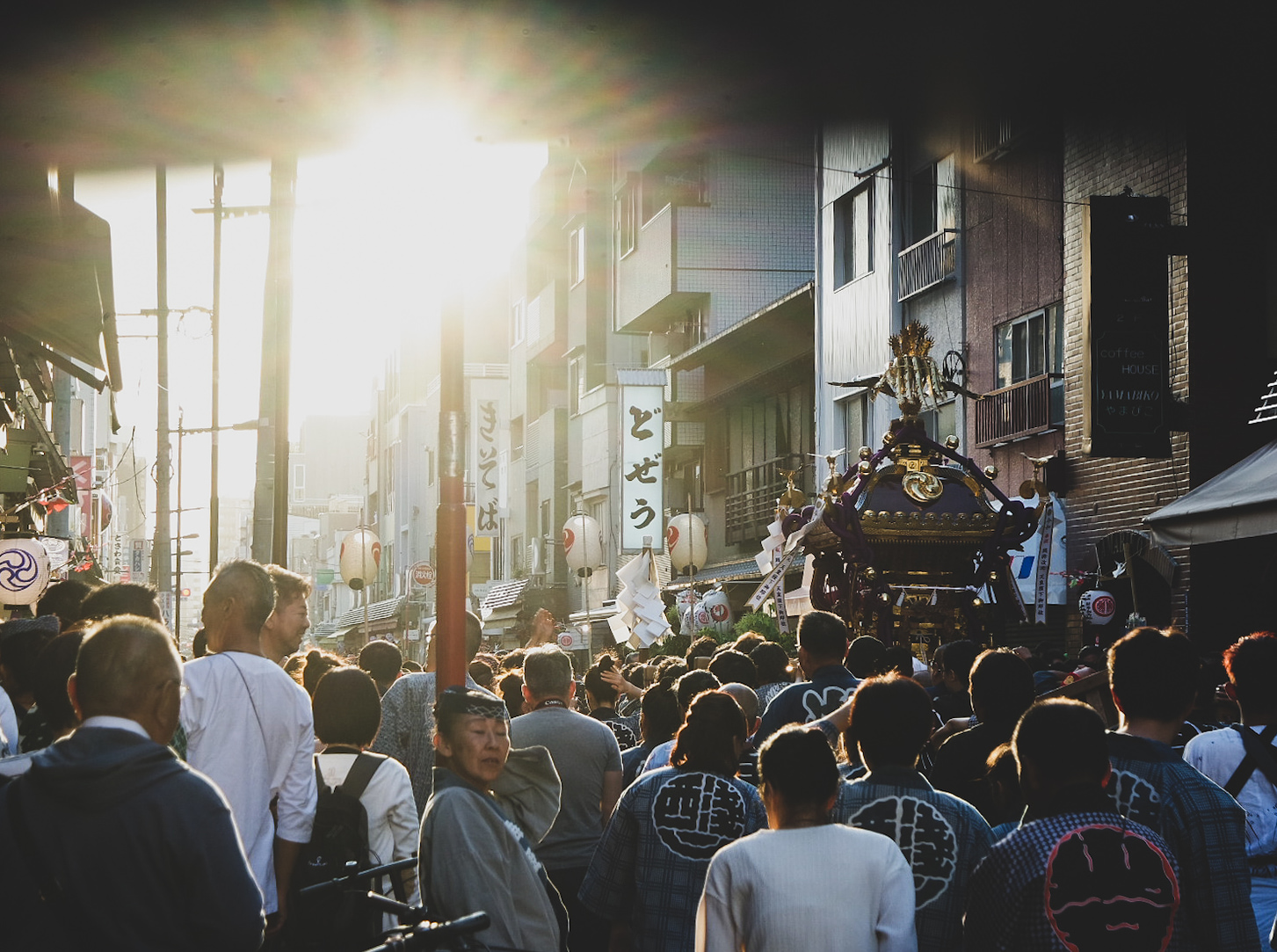
Mikoshi at Sanja Matsuri festival, 2019. Photo: Zoria Petkoska
However, there is the suspension of disbelief we grant to any story. Implausible elements in a film are justified as along as we enjoy them. So, even though Ramen Girl didn’t hold my interest as much the second time around, I could see its merits. I still enjoyed Abby’s passion for learning and how she grabbed the opportunity to find her own path in life. If anything, I understand her goals even more now. That being said, it only scratches the surface of life in Japan and is a better movie if you don’t live here.
Fun film fact: The Ramen Girl was filmed in Shibuya’s Shinsen neighborhood where the ramen shop storefront used to be found. That was until a few years ago. It was then closed, renovated, and reopened as an unrecognizable fancy Japanese restaurant. There’s still one real place shown in the film that can be visited. That’s the Ramen Museum in Yokohama.
Clawing Through The Wolverine (2013)
If there was a competition asking a movie to cram in the highest number of tired tropes and stereotypes into its story, The Wolverine would score high. Aesthetics aside, there was no real need for this superhero flick to take place in Japan. Watching it back in 2013 without having ever set foot in the country, I still found the tropes a tad too tired.
The Wolverine Rewatched
After rewatching it while living in Japan, I cringed at the one-dimensional yakuza and short-skirted ninja girls. Yet, the scene that annoyed me most was Wolverine’s ultimate dining faux pas. He stuck his chopsticks in rice. Maybe this has launched the thousands of screaming YouTubers who vlog about “10 things not to do in Japan?” Of course, sticking chopsticks upright in rice brings up funeral imagery and should be avoided. I just hate being hit on the head with this rare case scenario. Who sticks their chopsticks in rice?
Living in Japan only made watching The Wolverine a worse experience.
Fun film fact: The funeral scene in Zojoji Temple in Tokyo does show the real temple at the beginning. However, the rest of the ensuing fight takes place in Chinese gardens in Sydney. Even more confusing for Tokyoites, the characters run from Zojoji temple directly to the streets of Akihabara. That is physically impossible.
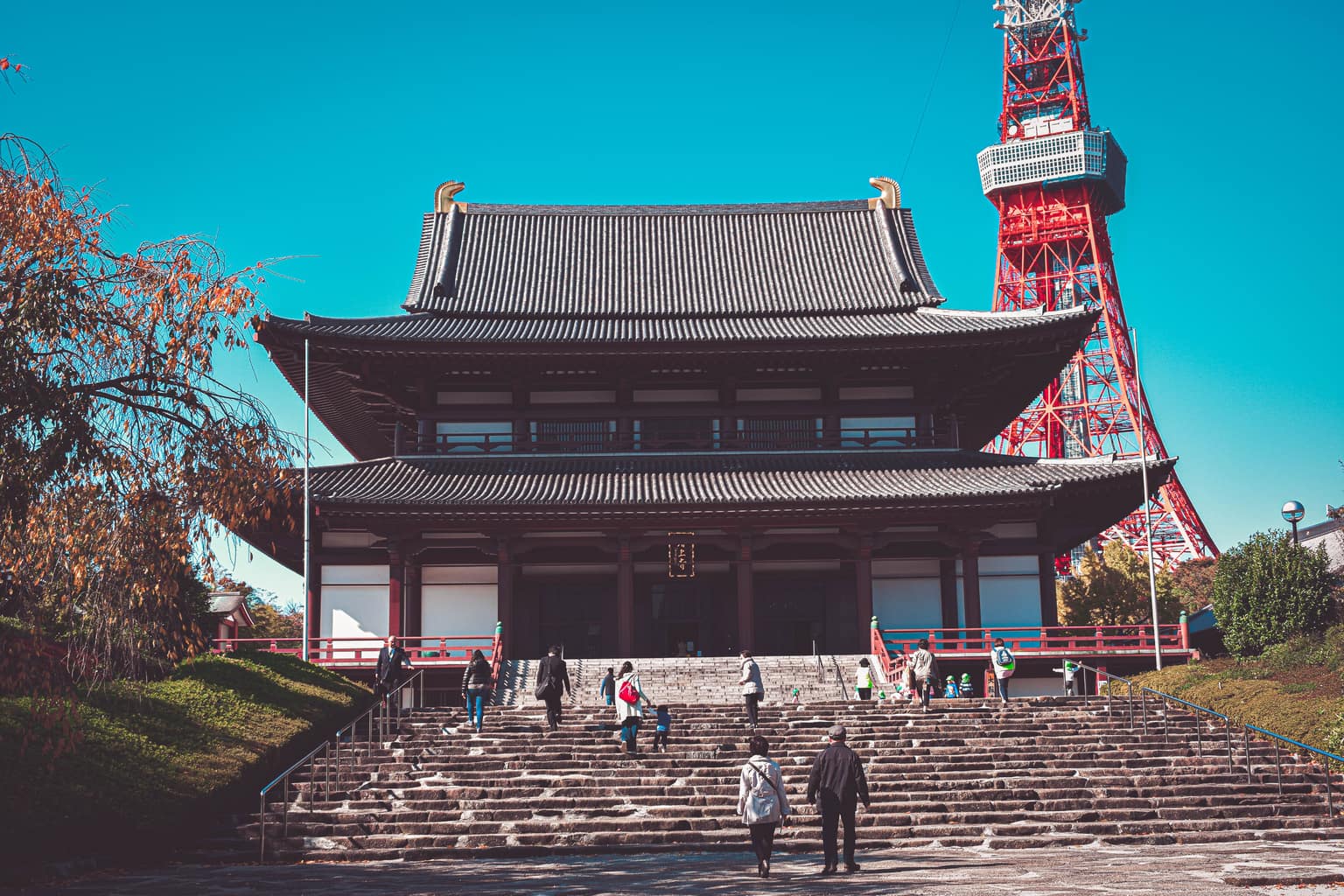
Zojoji Temple in Tokyo. Photo by Yam Style on Unsplash
Honorable Mentions
Peer pressure was the reason I watched Fast & Furious: Tokyo Drift in 2006. Dedication to this article is why I rewatched it 14 years later. Still now, cars mean nothing to me, so my only real interest the first time I saw it was the fact that it showed Tokyo and the Tokyo underworld. Living in Tokyo, I had lost even the last morsel of interest.
Surprisingly, Kill Bill: Volume 1 was a movie I enjoyed both in 2004 and 2020. Maybe my expectations were lowered as it didn’t promise to give an insight into Japan. Furthermore, it had an action-packed fast-paced storyline that was enjoyable regardless of location. Finally, it scores well on authenticity as the restaurant was modeled on the Gonpachi izakaya in Tokyo.
Final Verdict
It’s understandable that Western films about Japan or taking place in Japan usually only scratch the surface. They were not made for people living here, but for audiences with limited knowledge of the country. All the characters in these films travel briefly to Japan and experience it as any newcomer would. A jumble of flashing neon, salarymen in Shinjuku and sushi joints. For someone interested in Japan, as I was at the time, that was a fun lens to look through. Now I’m a Tokyoite and these films are no longer for me. Ultimately, that’s OK. We all like what speaks to us at the moment.
Let us entertain you further:

